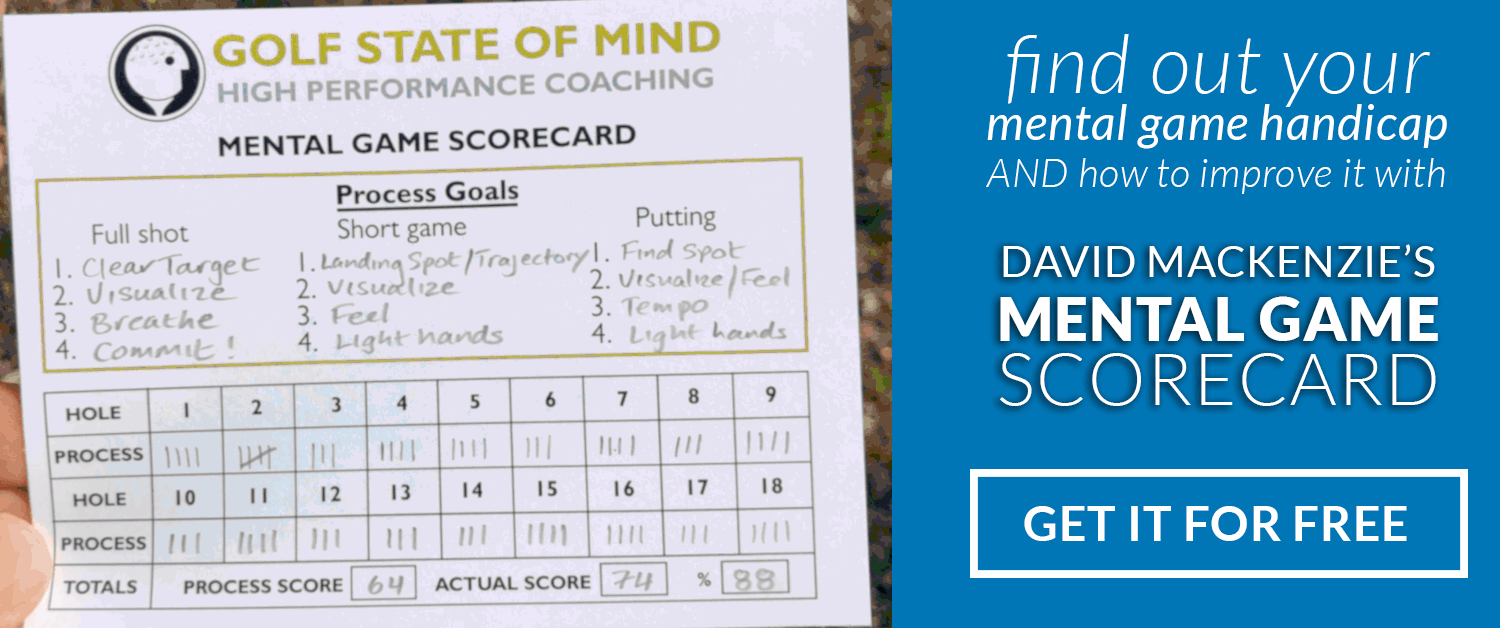Golf Bag Covers for Rain - Golf Bag Covers for Top,Golf Bag Hood, Golf Club Protector Waterproof Rain and Dust Covers for Tour Bags/Golf Bags/Carry Cart/Stand Bags
$23.77 (as of July 27, 2024 04:49 GMT +00:00 - More infoProduct prices and availability are accurate as of the date/time indicated and are subject to change. Any price and availability information displayed on [relevant Amazon Site(s), as applicable] at the time of purchase will apply to the purchase of this product.)Trump Merchandise Trump 2024 45-47 MAGA Hat Make America Great Again Hat Donald Trump USA Flag Baseball Cap
$39.90 (as of July 27, 2024 04:49 GMT +00:00 - More infoProduct prices and availability are accurate as of the date/time indicated and are subject to change. Any price and availability information displayed on [relevant Amazon Site(s), as applicable] at the time of purchase will apply to the purchase of this product.)Trump 2024 45-47 MAGA Hat Donald Trump Make America Great Again Slogan with USA Flag Adjustable Baseball Cap
$29.90 (as of July 27, 2024 04:49 GMT +00:00 - More infoProduct prices and availability are accurate as of the date/time indicated and are subject to change. Any price and availability information displayed on [relevant Amazon Site(s), as applicable] at the time of purchase will apply to the purchase of this product.)KOFULL Rubber Cushion Top Plastic Golf Tees Mixed Colors Pack of 50pcs
$12.59 (as of July 27, 2024 04:49 GMT +00:00 - More infoProduct prices and availability are accurate as of the date/time indicated and are subject to change. Any price and availability information displayed on [relevant Amazon Site(s), as applicable] at the time of purchase will apply to the purchase of this product.)Flexfit Mens 6597 Cool & Dry Sport Hat
$47.66 (as of July 27, 2024 04:49 GMT +00:00 - More infoProduct prices and availability are accurate as of the date/time indicated and are subject to change. Any price and availability information displayed on [relevant Amazon Site(s), as applicable] at the time of purchase will apply to the purchase of this product.)
“Golf’s so crazy, when you have it, you feel like you’re never going to lose it. And when you don’t have it, you feel like you’re never going to get it.” — Brooks Koepka
The dreaded golf rut occurs at all levels of golf, whether you are a professional, an amateur or a beginner. Perhaps, you are in a streak of missing cuts. Or you’re a college golfer struggling to qualify for your team… Or even a recreational player who cannot seem to close a round.
A golf slump may occur at any time, and without the necessary tools it can be extremely difficult for athletes to bounce back from one.
Performance Slump
A performance slump is an inevitable aspect of sports (Goldberg,1998). It is defined as a prolonged period of decrease in athletic outcome.
Research has indicated that performance slumps can occur for a multitude of reasons, one being psychological (Steed, Poolton & Alder, 2022) such as lack of confidence, negative self-talk and unrealistic expectations of performance.
Professional basketball team, Utah Jazz’s, sport psychologist, Dr. Keith Henchsen, says “all slumps are more psychological than physical”.
Suggesting that without the right mental tools what started out as a bad round of golf could easily turn into two, then three. Next thing you know, you’re on your 7th swing change, you’re overthinking and on a downward slide into a slump.
Mental Aspect of a Slump
Examples of symptoms associated with a performance slump:
- Decrease in Golf Confidence
- Overthinking Technical Ability
- Increased Self-Doubt
- Putting pressure on Coming Out of the Slump
- Focused on Result and Performing Well
- Feelings of Helplessness Associated with Lack of Improvement
etc.
Feelings of helplessness may develop due to repetition of undesired outcome (Cashmoore, 2002); this is detrimental to athlete’s game as not only may it trigger athletes to give up on the sport, but it is a feeling sure to keep athletes in their slump.
Similarly to Martin Seligman’s theory of “learned helplessness”, repeated failures may lead to a lack of motivation to change the undesired outcome.
So, how can we help prevent this mental spiral and bounce back from a slump? Optimism and being a more grateful golfer.
Optimism
“For optimists, defeat is a challenge, a mere setback on the road to inevitable victory” – Martin Seligman, Learned Optimism; How to Change Your Mind and Your Life.
Optimism is defined as hopefulness about future success and events. According to Martin Seligman, the father of positive psychology, optimism is a learned trait rather than something that it is inherited.
His compelling theory suggests that learned optimism is the opposite of learned helplessness — implying that both cannot exist at the same time.
So, if feelings of helplessness can be learned through the bad rounds, then feelings of hopefulness about future rounds can also be learned! This may help athletes bounce back from a mental slump.
How to be More Optimistic
Martin Seligman suggested the ABCDE methods to “Learned Optimism”. ABCDE is a mnemonic for Adversity, Belief, Consequence, Disputation and Energization:
- Adversity — What is the negative outcome or situation you are currently facing?
- Belief — What are your personal beliefs about the adverse situation you are facing?
- Consequence — What are the consequences of holding these beliefs? Include behaviors, thought patterns or other negative results that may occur because of these beliefs.
- Disputation — Actively search for evidence that goes against these negative beliefs.
- Energization — Take a moment and notice how you feel after you have disputed these negative beliefs with hard evidence!
The ABCDE method can help us tackle negative beliefs head-on that are keeping us in this slump.
Being A More Grateful Golfer
Another proposed method for developing optimism is practicing gratitude. Research suggests that practicing gratitude can lead to a more positive outlook, increased life satisfaction, resilience, and increased optimism (Emmons & McCoullough, 2003).
So how can we use gratitude to help us with our golf rut?
Martin Seligman (2005) suggested “The Three Good Things” method to practice gratitude. He suggested that you write down 3 good things that happened to you in the day, everyday for an extended period of time.
So, start by finding 3 things about your golf game that are positive and write them out in detail. Slowly, you may find that there is so much to be grateful for, despite a decline in performance outcome!
These methods may help you rewire your brain to look for the positive, leading to a more optimistic outlook on your game. Being a more grateful golfer may help you bounce back from a performance slump!
So, grab your journals, try out these methods and let us know what you think.











